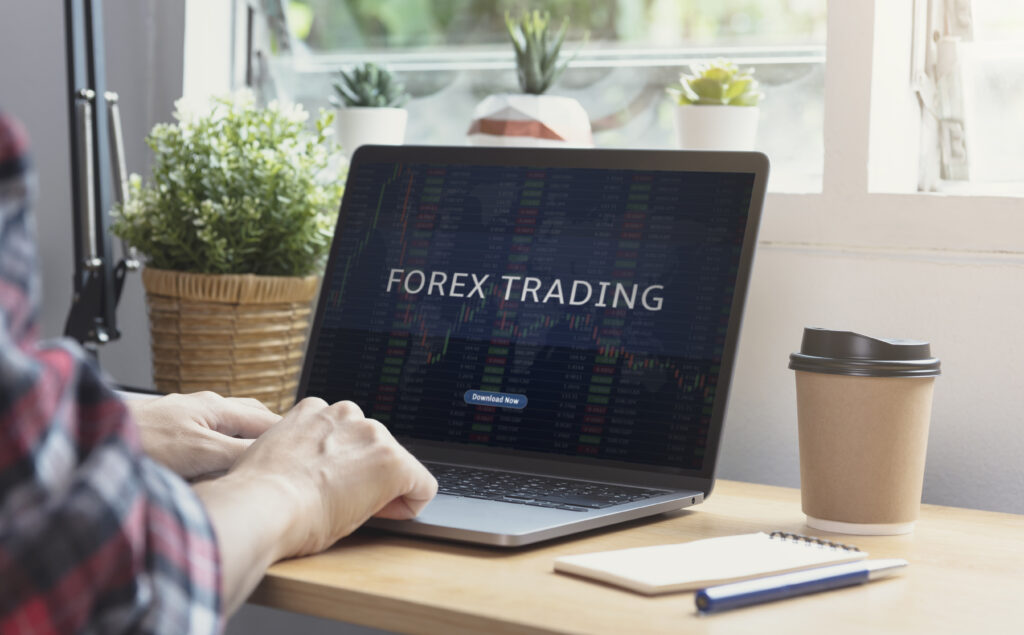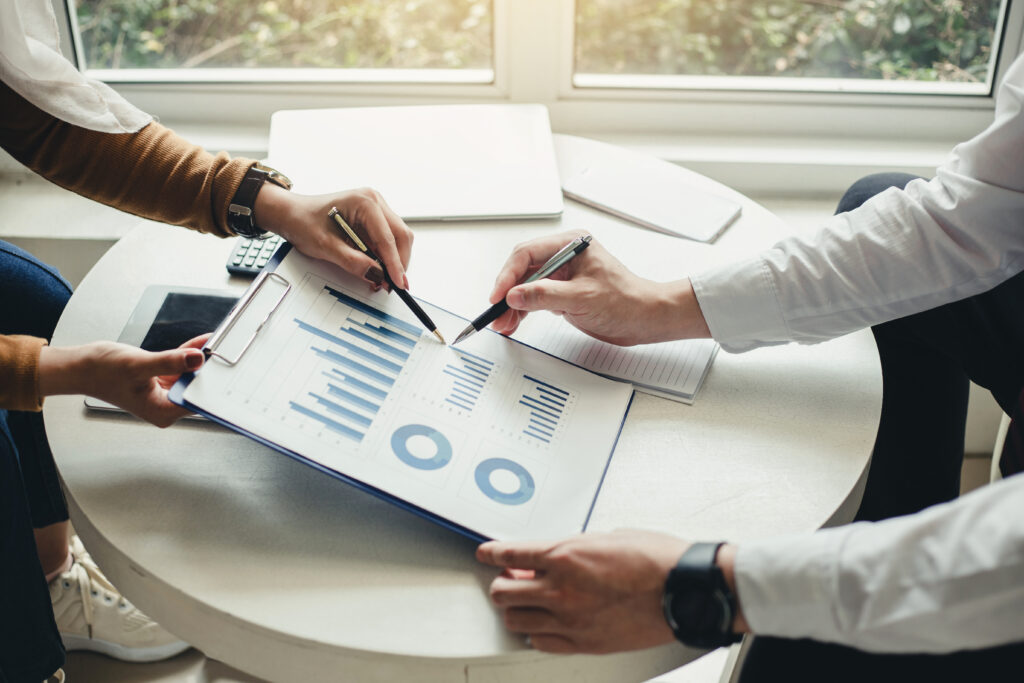Introduction:
The foreign exchange (forex) market is a dynamic arena where currencies from around the world are traded. To make smart investment decisions and unlock profit potential, it’s essential to understand how forex market trends differ between developing and developed economies. In this article, we will explore the key factors that influence these trends and offer insights for informed investment choices.
- Economic Stability vs. Volatility:
Developed economies, such as the United States, Japan, and Eurozone countries, tend to exhibit more stable forex market trends. Their currencies are considered safe-haven assets, attracting investors during times of global economic uncertainty. In contrast, currencies from developing economies can be more volatile due to factors like political instability, inflation, and underdeveloped financial markets. Investors should be prepared for greater price fluctuations when trading in these markets.
- Interest Rates and Monetary Policy:
Central banks in developed economies often maintain low-interest rates, which can impact their respective currencies. A lower interest rate typically results in a weaker currency as investors seek higher yields elsewhere. In developing economies, central banks may adopt more aggressive monetary policies, leading to higher interest rates to combat inflation. Consequently, higher interest rates can attract foreign capital, strengthening the currency.
- Trade Balance and Export Strength:
Developed economies often have trade deficits, importing more goods and services than they export. This can put downward pressure on their currencies. In contrast, many developing economies rely heavily on exports to drive economic growth. A strong export sector can boost their currencies as foreign buyers demand their goods and services.
- Political Stability:
Political stability plays a significant role in forex market trends. Developed economies typically have more stable political environments, which can foster investor confidence and currency strength. In contrast, developing economies may experience political turmoil, leading to uncertainty and currency depreciation.
- Market Liquidity:
Forex market liquidity varies between developed and developing economies. Major currency pairs involving developed economy currencies (e.g., EUR/USD, USD/JPY) generally have higher liquidity and narrower spreads. In contrast, currencies from developing economies may have lower liquidity, resulting in wider spreads and potentially higher transaction costs.
- Risk Tolerance and Diversification:
Investors need to assess their risk tolerance when trading forex in developing vs. developed economies. Trading in developing economies can offer higher profit potential but also carries higher risks due to volatility. Diversification across a mix of currencies can help mitigate risk and optimize profit potential.
Conclusion:
Analyzing forex market trends in developing and developed economies is essential for making smart investment decisions. Each type of economy presents its unique set of opportunities and challenges. Investors should carefully consider factors like economic stability, interest rates, trade balance, political stability, market liquidity, and their own risk tolerance when deciding where to allocate their forex investments.
Unlocking profit potential in the forex market requires a thorough understanding of these differences and a well-thought-out trading strategy that aligns with your financial goals and risk tolerance. Whether you choose to trade in the stable waters of developed economies or navigate the potential rewards of developing economies, staying informed and adaptable is key to success in the world of forex trading.
Read our latest article on Impact of IMF
FAQs
- What are forex market trends?
- Forex market trends are the general direction in which a currency pair’s exchange rate is moving over a period of time. They can be upward (bullish), downward (bearish), or sideways (range-bound).
- How can I identify forex market trends?
- To identify trends, traders often use technical analysis tools like moving averages, trendlines, and chart patterns. Additionally, keeping an eye on economic indicators and news events can help.
- What causes forex market trends to change?
- Forex market trends change due to shifts in supply and demand, economic data releases, geopolitical events, and changes in central bank policies, among other factors.
- What is a bullish trend in forex?
- A bullish trend in forex is when the price of a currency pair is rising. Traders typically look for opportunities to buy in a bullish trend.
- What is a bearish trend in forex?
- A bearish trend in forex is when the price of a currency pair is falling. Traders often seek opportunities to sell in a bearish trend.
- How long do forex trends typically last?
- The duration of forex trends can vary widely. Trends can last for minutes, hours, days, or even months, depending on market conditions and the time frame being analyzed.
- Is it possible to trade during sideways trends?
- Yes, traders can employ range-trading strategies during sideways (range-bound) trends by buying at support levels and selling at resistance levels.
- What is a trend reversal in forex trading?
- A trend reversal occurs when a prevailing trend changes direction. For example, a bullish trend reversing to a bearish one signifies a trend reversal.
- How can I manage risk when trading forex trends?
- Risk management strategies include setting stop-loss orders, using proper position sizing, and diversifying your trading portfolio to minimize potential losses.
- Can I profit from forex market trends as a beginner?
- Yes, beginners can profit from forex market trends with proper education, practice, and discipline. It’s important to start with a demo account and gradually transition to live trading.
Click here to read more on forexsignals.best

